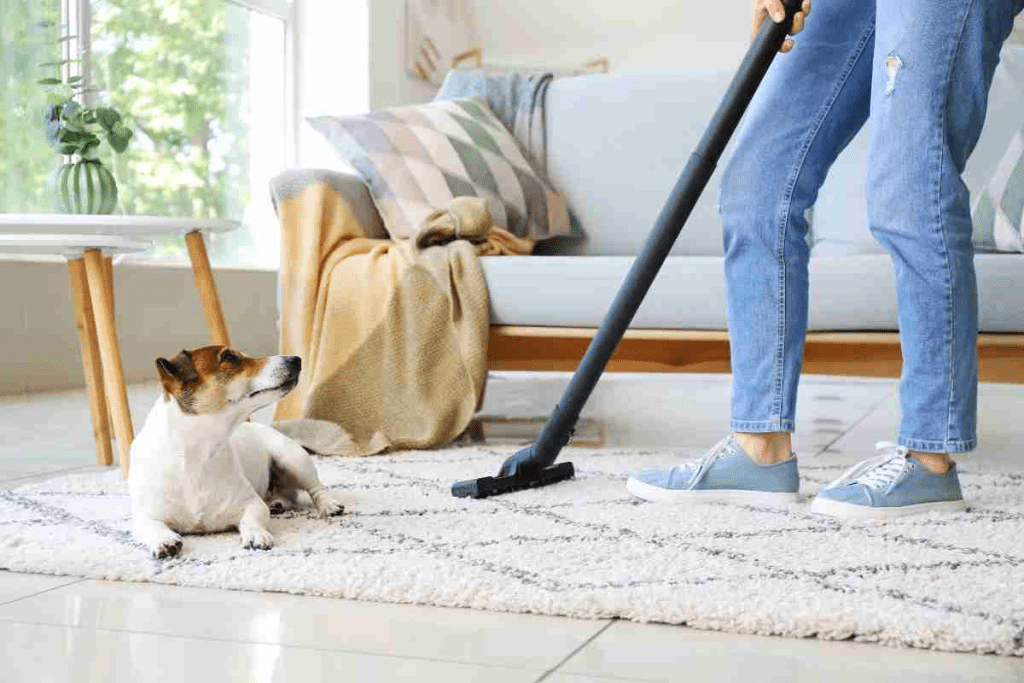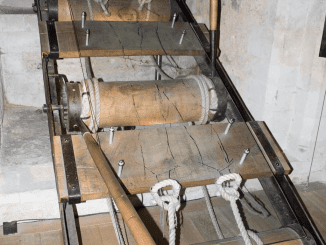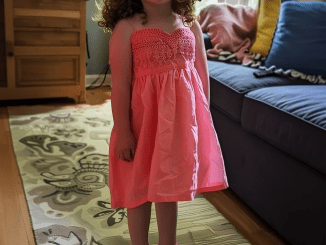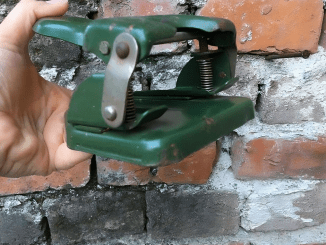When you’re visiting someone’s home, it’s easy to be impressed by a tidy and well-organized space. However, appearances can be deceiving. Many homes that look clean on the surface actually hide layers of dust, grime, and clutter in unseen places. Knowing how to spot the signs of superficial cleaning can help you understand whether a home is genuinely clean or just neatly arranged. Here, we explore the subtle cues that differentiate a genuinely clean home from one that’s been quickly straightened up.

Understanding the Difference Between Tidy and Clean
Tidying up involves organizing items, putting things back in place, and creating a visually pleasing environment. But cleaning means more—it’s about removing dirt, dust, and germs, not just hiding clutter. A home can be tidy without being truly clean, and recognizing this difference is the key to understanding whether a space is really as spotless as it seems.
The Scent Factor: What Smell Tells You About Cleanliness
Scent plays a powerful role in how we perceive cleanliness. Fresh, pleasant smells can give the illusion of cleanliness, while unpleasant odors often signal deeper issues. A home that smells overwhelmingly of artificial fragrances might be using scents to mask stale or musty odors rather than tackling the root cause. If the air feels too fresh to be true, it might be a sign that deeper cleaning hasn’t taken place.
Spotting Surface-Level Cleaning
Surface-level cleaning is the go-to strategy for a quick tidy-up before guests arrive. This typically involves wiping down visible surfaces, arranging items neatly, and sweeping floors. But closer inspection can reveal dust or dirt in hidden areas, such as the tops of shelves or under furniture. Pay attention to inconsistencies, like spotless countertops but dusty baseboards or vents, which hint at a cleaning effort that was more for show than substance.
Cluttered Corners and Hidden Messes
While the main areas of a room might look tidy, hidden corners and neglected areas often tell a different story. Check under furniture, behind doors, and in less visible areas—these spots frequently accumulate dust and debris. The corners of rooms, behind plants, or beneath low tables can become catch-alls for dirt and hair, revealing that the cleaning may have been more about appearances than thoroughness.
Bathroom Tells: The True Test of a Home’s Cleanliness
Bathrooms are often the most telling areas of any home’s cleanliness. A quick tidy-up might involve wiping down the sink and arranging toiletries, but a truly clean bathroom will have spotless fixtures, a clean toilet, and no mold or mildew lurking in the corners. Check the grout, showerhead, and areas around the sink drain. Any sign of pink mold, soap scum, or grime buildup in these areas indicates that the bathroom hasn’t received a deep clean.
Kitchen Clues: Where Dirt and Grime Hide in Plain Sight
Kitchens can also provide a lot of clues about a home’s cleanliness. While countertops might look polished, look closer for grease buildup on cabinet doors, crumbs hiding in corners, or sticky spots on the floor. The cleanliness of kitchen appliances, like the microwave and stove, can reveal a lot—residue or stains inside the microwave or on the stovetop suggest that only the visible surfaces have been wiped down. Check under the sink, too; clutter and grime here can be a sign of neglect.
Dust-Free Surfaces: The Telltale Layer of Cleanliness
Dust is a classic indicator of a lack of thorough cleaning. Even if a home looks clean at first glance, running a finger along a shelf, windowsill, or picture frame can reveal hidden dust. Regular dusting keeps a home genuinely clean, and its absence can suggest that only visible areas were touched up. Dust on electronics or in vent grates further shows that the cleaning didn’t go beyond the surface.

Pet Hair and Odors: Unseen Clues of Cleanliness
For homes with pets, lingering hair and pet odors are significant indicators of cleaning habits. Even if a pet owner tidies up, pet hair stuck to furniture or carpets can reveal a lack of deep cleaning. Persistent pet odors, too, can show that surfaces may not be as clean as they look. Pay attention to these subtle signs, as they can give insight into how often deep cleaning actually happens in the home.
Checking the Floors: Beyond Those Nice Vacuum Lines
Vacuum lines on carpets can create an illusion of cleanliness, but they don’t tell the whole story. Look in the corners, along baseboards, and under furniture for dust, crumbs, or pet hair. Hard floors can also hide dirt in grout lines and edges. Sticky spots or dirt buildup near baseboards indicate that mopping was skipped or done hastily, hinting that only visible areas were given a once-over.
Windows and Mirrors: Reflecting the True Cleanliness
Windows and mirrors are often overlooked in quick cleaning sessions, but they can reveal a lot about a home’s overall cleanliness. Streaks, fingerprints, and dust on these surfaces detract from the home’s appearance and suggest neglect. Clean windows and mirrors not only enhance a room’s brightness but also reflect a commitment to thorough cleaning. Smudged glass and spots are signs that these details might not receive regular attention.
Conclusion: Embracing the Art of Genuine Cleanliness
Creating a genuinely clean home goes beyond straightening up and arranging items. It involves a commitment to regular, deep cleaning practices that address both visible and hidden grime. Spotting the subtle signs of superficial cleaning helps you appreciate the difference between tidiness and true cleanliness, allowing you to recognize the effort required to maintain a truly clean space.
Whether visiting someone else’s home or assessing your own, understanding these nuances contributes to a healthier and more pleasant living environment. So, next time you notice that the counters are spotless but the corners dusty, you’ll know the difference—and maybe even feel inspired to bring a new level of clean into your own home.


